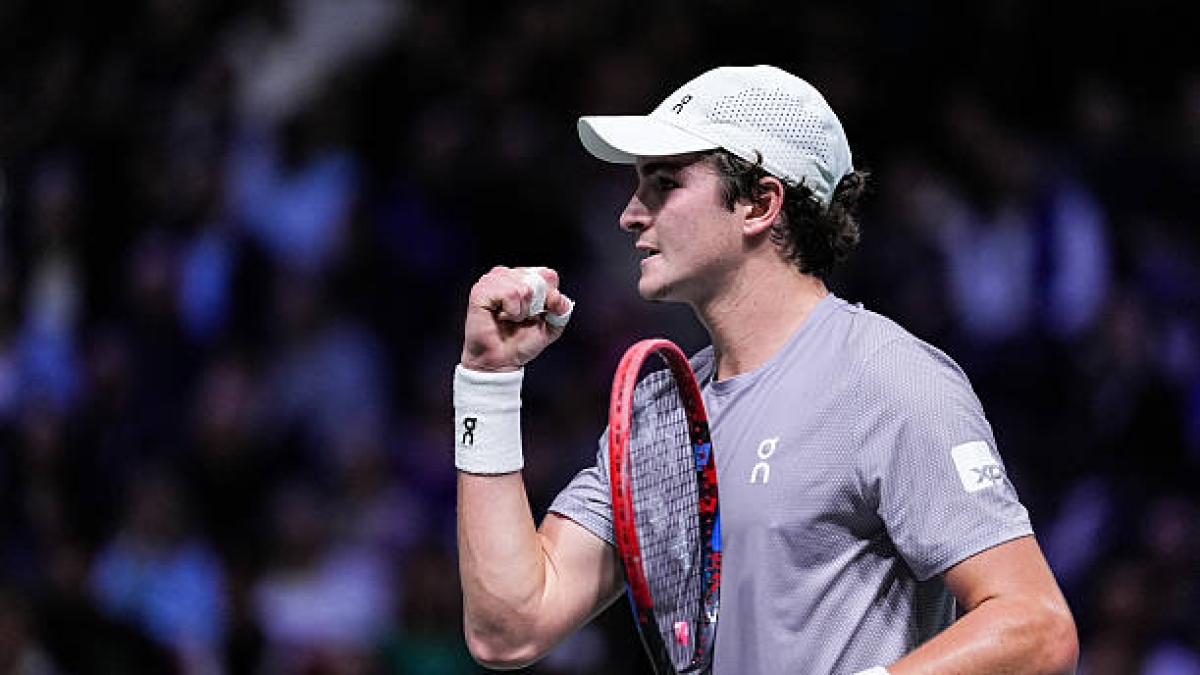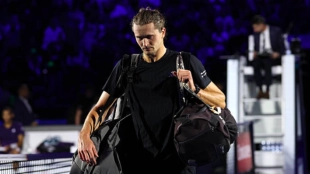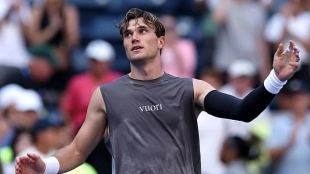
There is a lot of talk about mandatory tournaments, economic bonuses, and penalties for not competing, but who does all that apply to? What framework does the ATP regulations establish in those aspects? The top 30 players in the world according to the current ATP ranking will face 2026 with a series of privileges, but also obligations.
The importance of the ATP ranking that closes a season is very prominent; not only because of what it means for the players in terms of evaluating their overall performance during the year or already thinking about the early stages of the new season, but also for finishing among the top 30 in the world. It is this select group, the top-30 of the ATP ranking, that determines which players will start the new year with a series of advantages and obligations that will remain throughout the year, regardless of their ranking position as the season progresses.
What It Means to Start a New Season in the Top 30 of the ATP Ranking
End-of-Season Bonus Pool
The 30 men currently holding those positions in the ATP ranking will enter an internal classification that takes into account their performances in Masters 1000 tournaments on one side, and ATP 500 on the other. There is a money pool dedicated to rewarding performance in both categories, with more money for those who earn more ATP points in each type of event.
To qualify for those prizes, each player must be up to date with their obligations to the ATP, such as passing anti-doping controls, playing mandatory tournaments, paying fines they may receive, participating in promotional activities for the events, attending media interviews, and passing anti-doping controls.

Mandatory Participation in 8 Masters 1000 Events
All events of this category, except for Monte Carlo, require any of the 30 men currently topping the ranking to compete, and if not, they must justify their absence with a medical report certifying an injury. Otherwise, an economic fine will be imposed, and a 0 will be recorded in their points tally, without the event being replaceable by another where points are earned for the ranking. Furthermore, their chances of qualifying for end-of-year economic bonuses are diminished.
Need to Compete in at Least 5 ATP 500 Tournaments
While it is true that the top 30 tennis players of the moment will benefit from having their direct entry guaranteed to the main draw of any ATP 500 tournament, even if their ranking at that time did not correspond to that, they must structure their calendar to compete in 5 of the 16 ATP 500 category events on the calendar, with a maximum of 9 played, as some of them are held simultaneously. Those who do not do so will have to forgo a good sum of money at the end of the season, as well as a 0 in their ranking tally.
These are the 30 players in the ATP ranking who will have these privileges and obligations
- Carlos Alcaraz
- Jannik Sinner
- Alexander Zverev
- Novak Djokovic (meets longevity requirements and is exempt from mandatory tournaments)
- Ben Shelton
- Taylor Fritz
- Álex de Miñaur
- Félix Auger-Aliassime
- Lorenzo Musetti
- Jack Draper
- Alexander Bublik
- Casper Ruud
- Daniil Medvedev
- Alejandro Davidovich
- Holger Rune
- Andrey Rublev
- Jiri Lehecka
- Karen Khachanov
- Jakub Mensik
- Tommy Paul
- Francisco Cerúndolo
- Flavio Cobolli
- Denis Shapovalov
- Joao Fonseca
- Tallon Griekspoor
- Luciano Darderi
- Cameron Norrie
- Learner Tien
- Arthur Rinderknech
- Frances Tiafoe
This news is an automatic translation. You can read the original news, Estas serán las obligaciones y privilegios para el 2026 del actual top-30 del ranking ATP

















